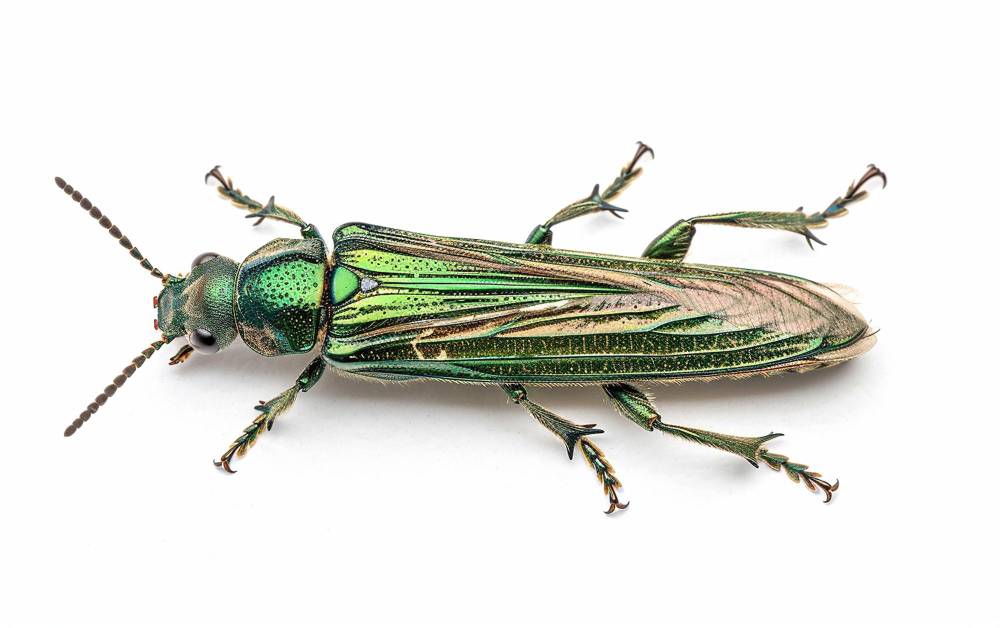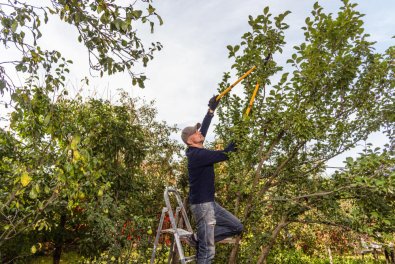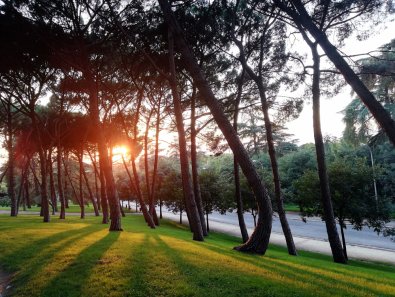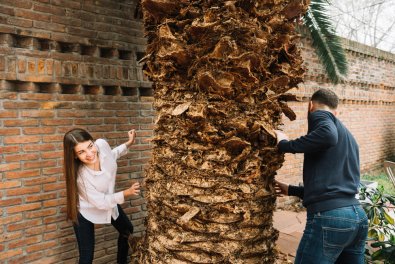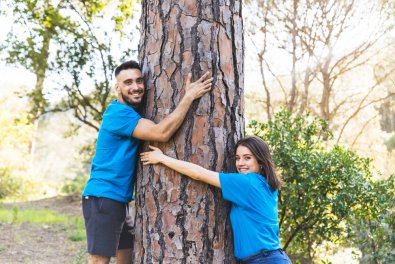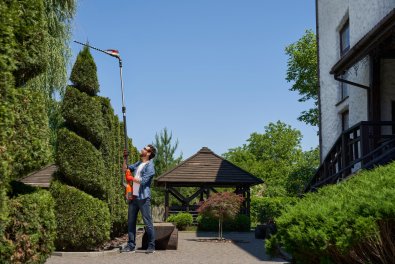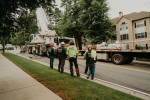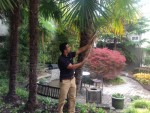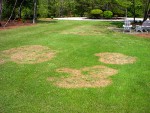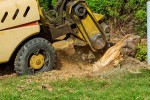Emerald Ash Borer Treatment Options to Protect Your Ash Trees
The emerald ash borer (EAB) is currently the most destructive forest pest in the United States. If you cherish these majestic trees or grow them on your property, the presence of this invasive insect may seem like an impending tree removal emergency. However, not all is lost, as the Sesmas Tree Service arborists can help. Let's look at some treatment options to protect ash trees from EAB.
Trunk Injection
Trunk injection is one of the most effective methods for combating EAB. This technique involves injecting a systemic insecticide into the tree's vascular system. The insecticide circulates through the tree, protecting the inside out. The meticulous process requires precision to ensure you administer the correct amount without causing severe damage. Tree service providers recommend trunk injections because they target the EAB larvae feeding under the bark. This method is especially effective for high-value trees you want to preserve. However, scheduling trunk injections every 2 to 3 years with professional tree care company for continued protection is essential.
Soil Drenching
Soil drenching is another method used to protect ash trees from EAB. This approach involves applying a systemic insecticide to the soil around the tree's base. The tree absorbs the insecticide through its roots, distributing it throughout its system. While soil drenching is less invasive than trunk injection, it requires careful application to avoid environmental contamination. Tree service professionals may recommend this technique for younger or smaller trees, as it can be less expensive and easier to apply. However, the effectiveness of soil drenching depends on the tree's size and health, as well as the proper timing of the application. Regular monitoring and adequate reapplication by certified arborists are crucial to ensure the tree remains protected over time.
Bark Spray
Bark spray is a less invasive but effective method to defend ash trees against EAB. This treatment involves applying an insecticide directly to the bark, targeting adult beetles as they emerge. Bark sprays are handy as a preventative measure, mainly when applied before EAB populations reach peak levels. The application process is straightforward, covering a large area of the tree's surface. However, bark sprays not only protect the tree's outer layers but may not be sufficient for trees that are already heavily infested. With that in mind, consult a tree care company to ensure proper timing, usually when adult beetles are most active in late spring or early summer.
Tree Removal
In cases where EAB infestation is too advanced or the tree's condition is too compromised to respond to treatment, tree removal may be the only viable option. This step, while unfortunate, is sometimes necessary to prevent the spread of EAB to surrounding healthy trees. Removing an infested tree also eliminates the risk of becoming a hazard due to structural instability. A professional should carry out tree removal to ensure the safety and proper disposal of the infested wood, as moving contaminated wood can further spread the EAB. Though removing a tree is never easy, it is sometimes the most responsible choice to protect the broader ecosystem.
The emerald ash borer poses a significant threat to ash trees across the United States, but hope is still possible. You can take proactive steps to protect your trees by understanding and implementing suitable treatment options. Contact us at the Sesmas Tree Service and schedule a consultation with our arborists to take timely action and preserve the beauty and health of your ash trees.


